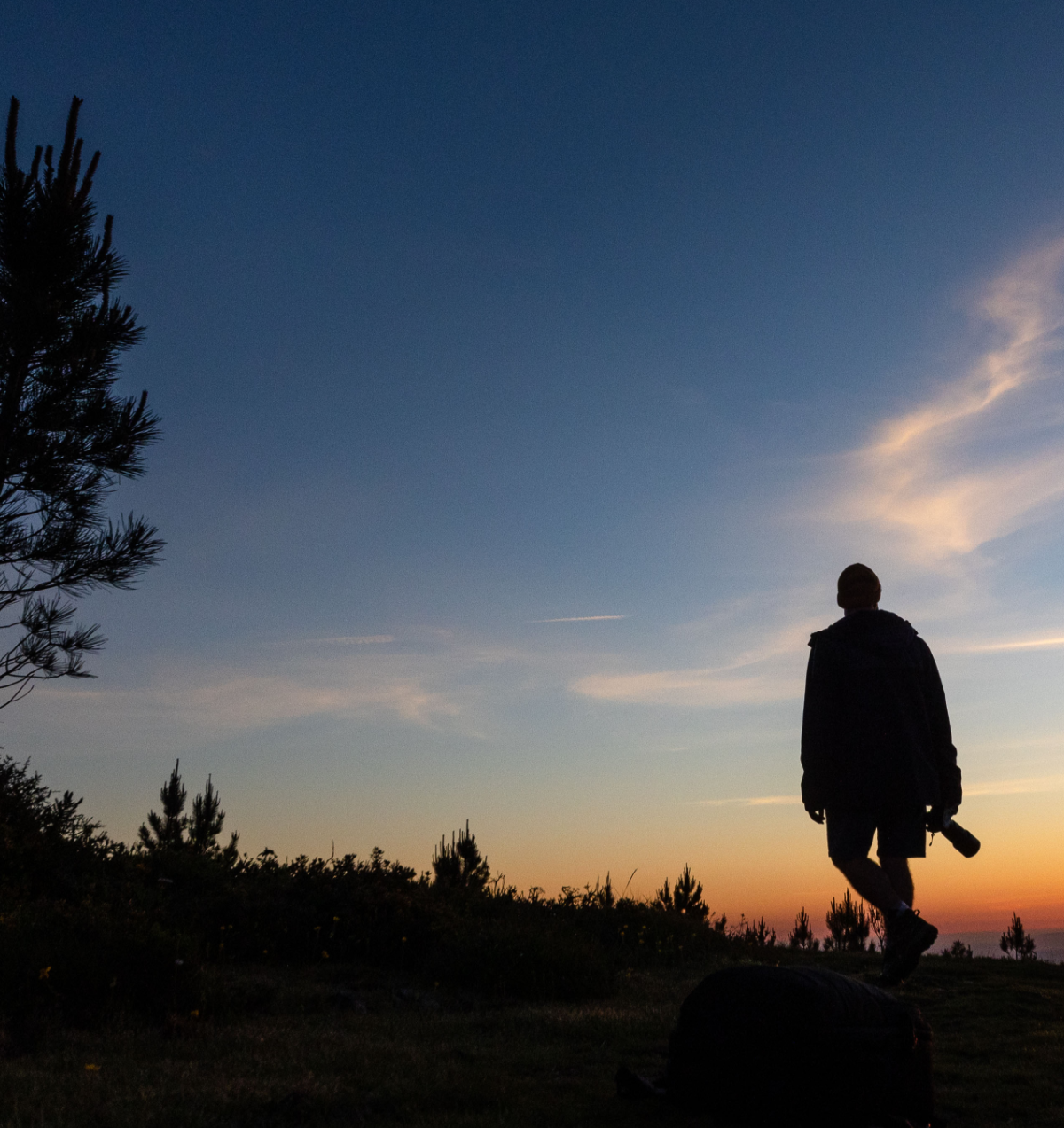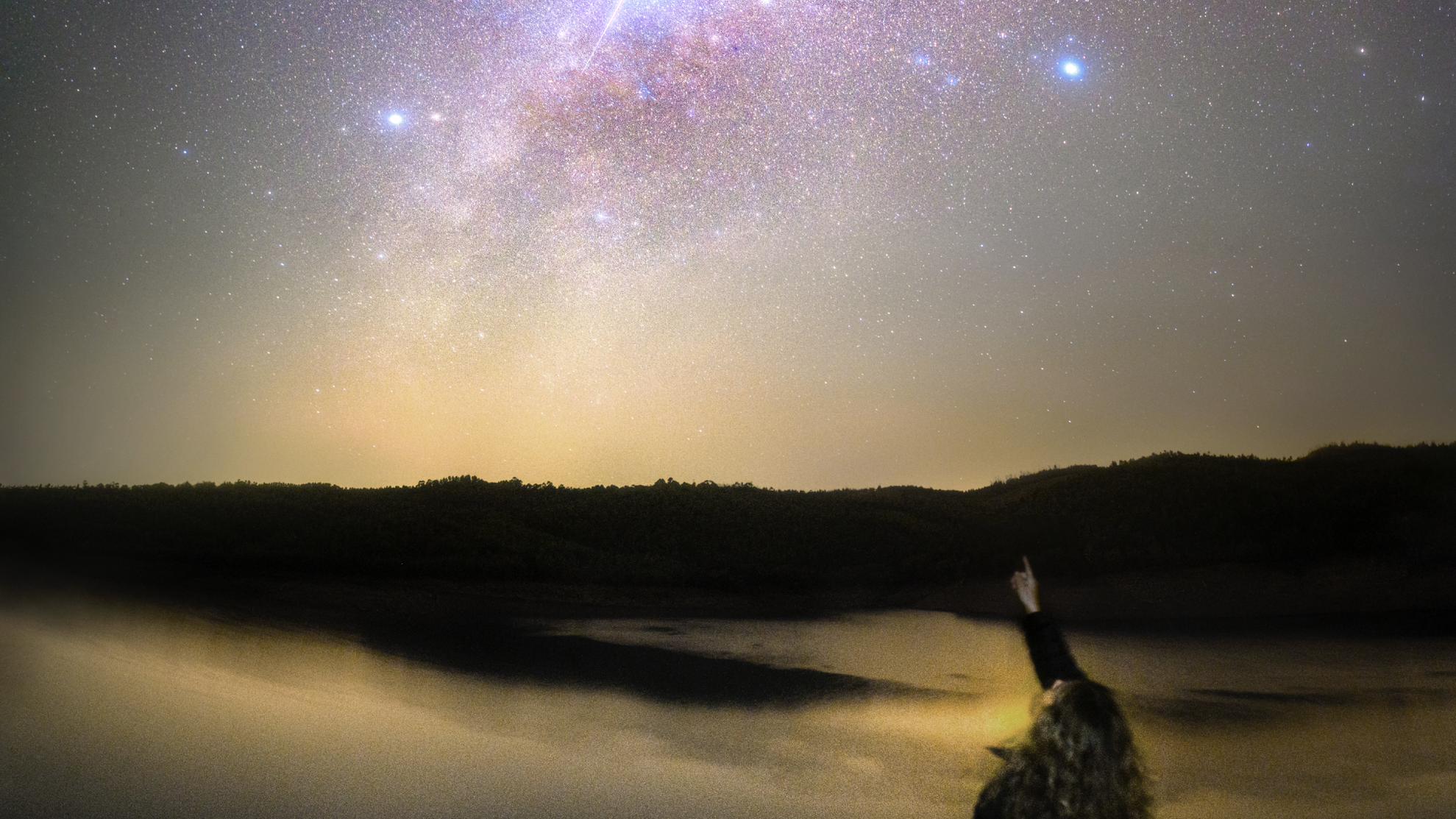training
involve and raise the awareness of the agents operating in the field, improving the tourism offer and adapting it to the specificities of astrotourism
Skill sharing for agents and specialisation of services
The Starlight Tourism Destination certification, awarded to Dark Sky Aldeias do Xisto, has been joined by partners interested in making astrotourism a cohesive and attractive investment. In order to build, promote and market specialised and integrated products that exploit the full potential of dark sky, it is essential to involve and raise the awareness of the agents operating in the field, improving the tourism offer and adapting it to the specificities of astrotourism. To this end ADXTUR promoted training activities for public and private agents between 2021 and 2022. Astrotourism, astronomy and light pollution were the themes addressed, in several sessions, by nationally and internationally recognised scientists: Raúl Lima, PhD in Physical Engineering - Modelling and Measurement in Light Pollution; Nuno Santos, researcher at the Astrophysics Centre of the University of Porto; and Miguel Claro, official astrophotographer of the Alqueva Dark Sky Reserve and holder of several awards in the field of astrophotography. The sessions also included the participation of the president of the Dark Sky Association, Apolónia Rodrigues.
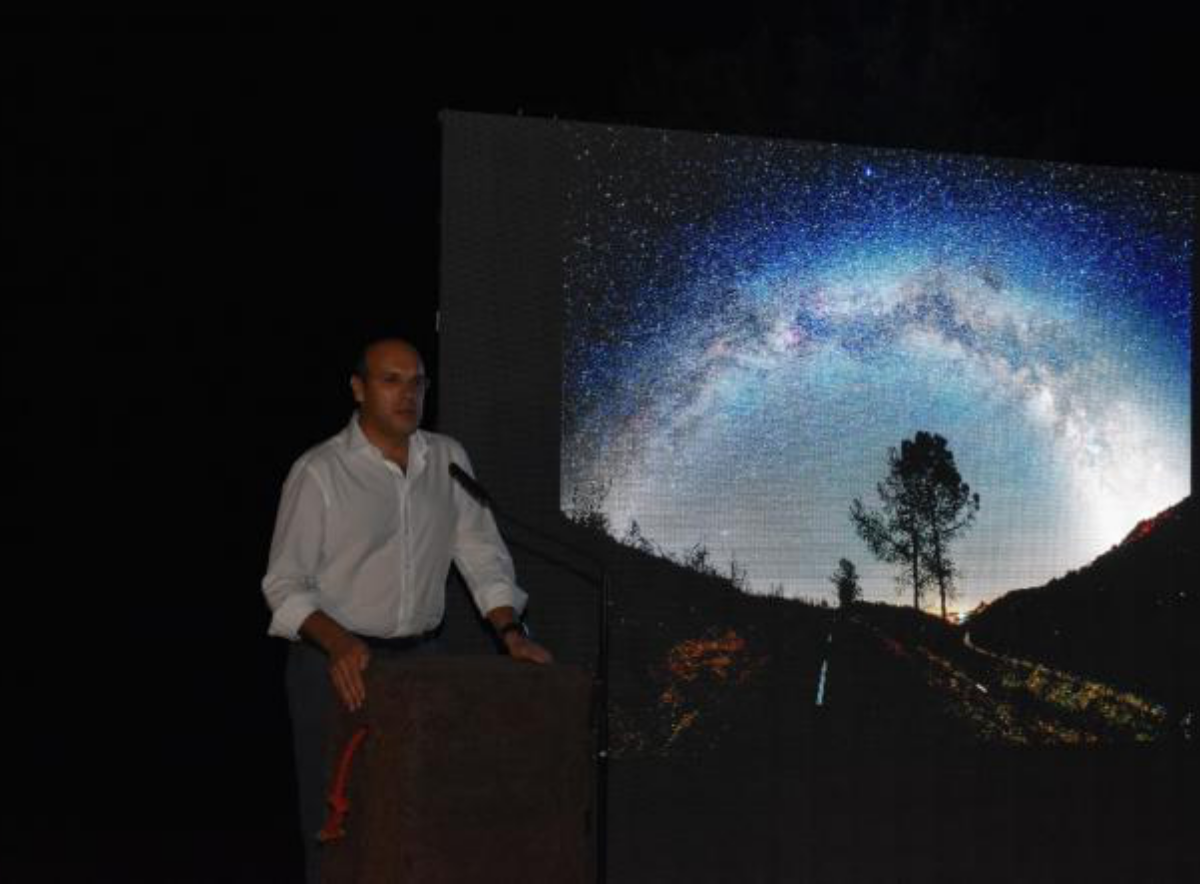
Sky guides
Astrotourism being a very visual market, it is necessary that each of the operators involved are aware of its specific needs. In addition to the creation of physical infrastructures and the training of tourism operators, it is essential to invest in the training of sky guides. Just as important as having knowledge about astronomy or light pollution is the ability to transmit this knowledge and adapt the answers to the more or less demanding target audiences. This is another central mission for the Dark Sky Aldeias do Xisto Project:
Light pollution
Did you know that 99% of the population of Europe and North America live in places affected by light pollution? And that the Milky Way is no longer visible to the naked eye for 66% of Europe's population? Portugal is actually one of the worst regions in Europe, with luminosity produced mainly along the coast affecting the entire interior of the country. When we talk about light pollution, we are not just talking about too much light, but about the impacts that this excess has on a wide range of areas: astronomy, ecosystems, health, economy, landscape change, security, tourism, science, education, social sciences. A paradigm shift is urgently needed so that we can continue to enjoy the heavens in full and ensure that balance is maintained on earth. Given this scenario, Dark Sky Aldeias do Xisto also has an environmental and sustainability component. Therefore, intervention in public lighting is also planned, with a view to controlling light pollution, as contributing to the preservation of the sky's visibility, transparency and darkness is one of the projects main objectives. At the same time, we seek to change consumption patterns and promote energy efficiency in the territory. This action involves demystifying some concepts and raising awareness among public and private entities, as well as the community in general, regarding the correct use of lighting, using it only when and where it is really necessary. By lighting properly, we can have starry nights in the city again.
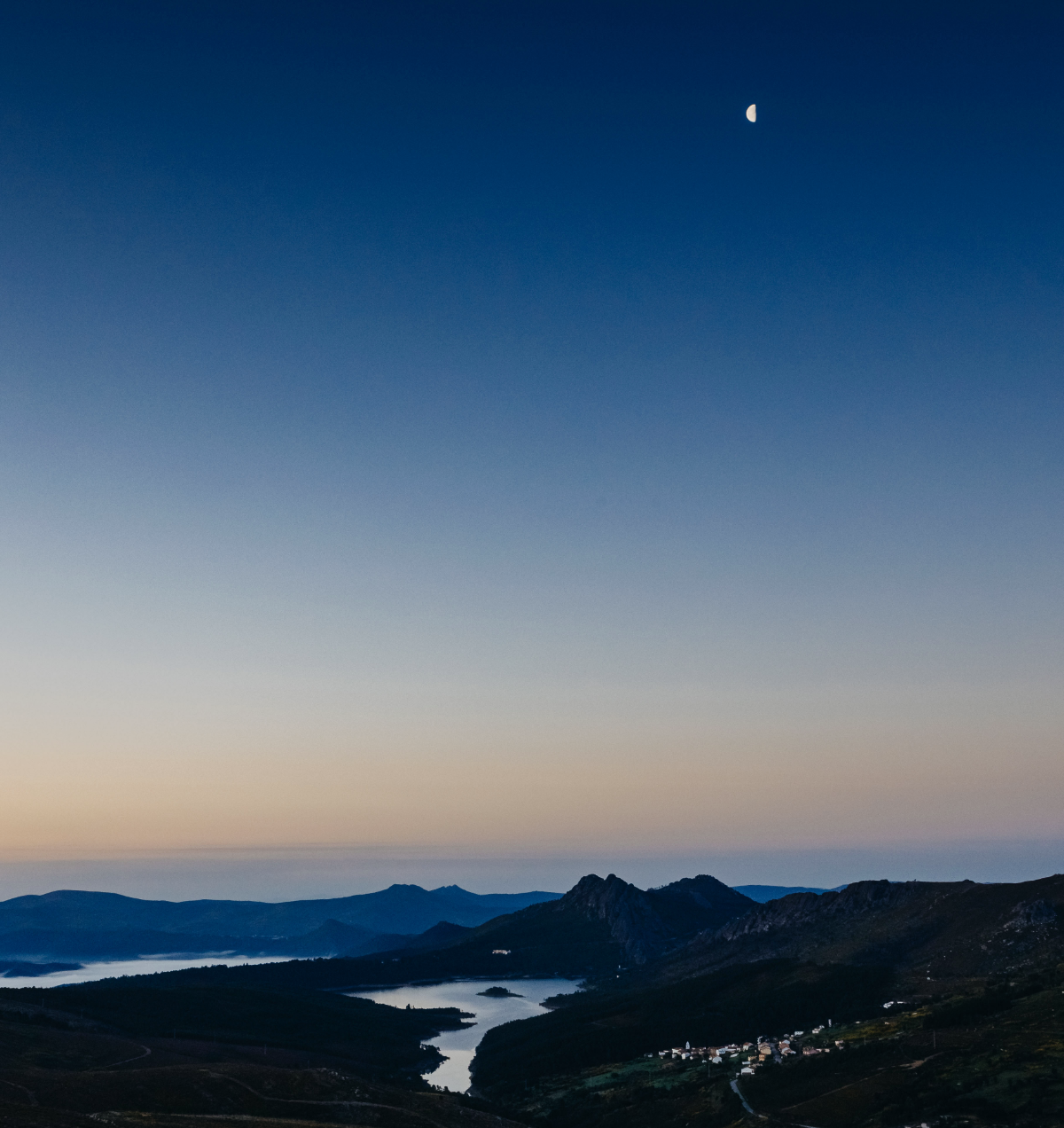
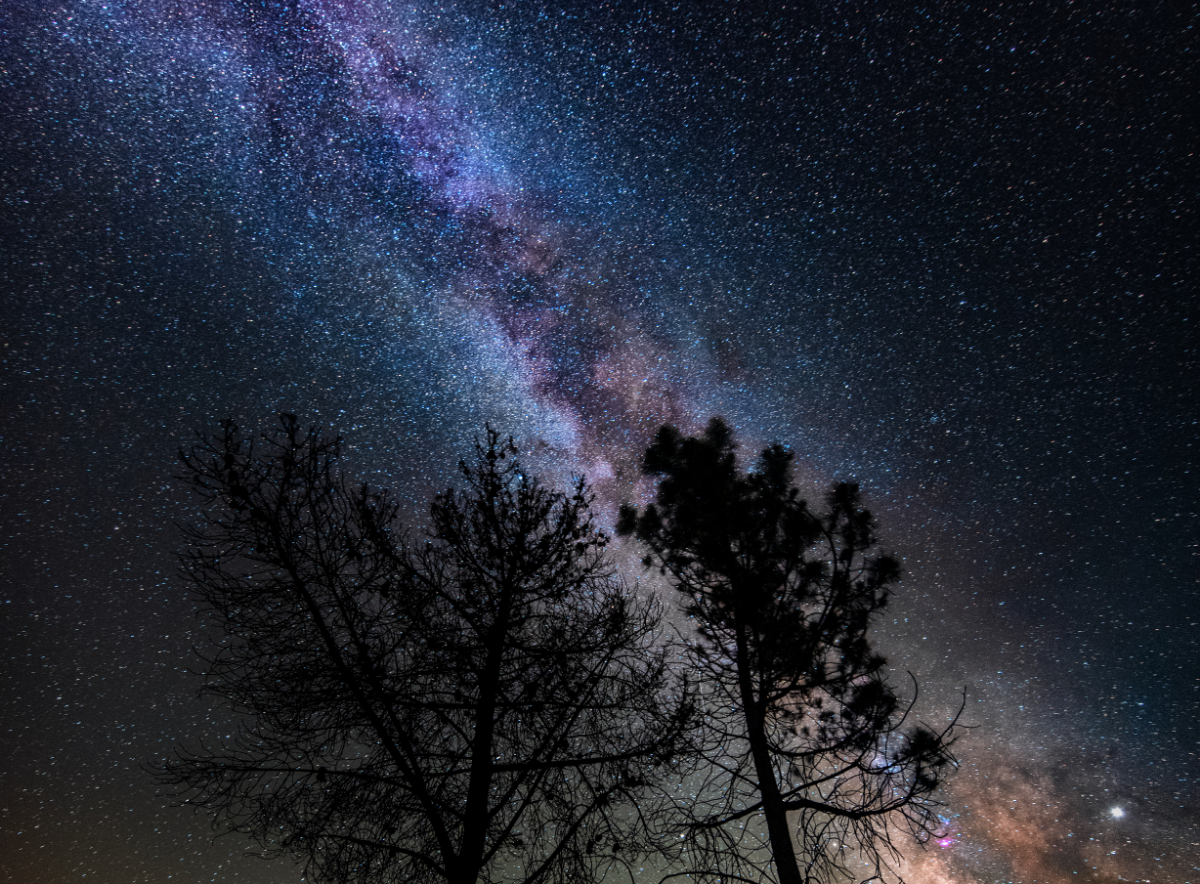
How to restore the night sky
- Change habits (opt for amber lights instead of white lights/ LEDs)
- Accept the dark as an intrinsic part of nature
- Rethink the way you use light (lighting only where it is necessary and not just because it is aesthetically pleasing)
- Switch off superfluous lights
- Create legislation and regulation, establishing, for example, limits on public lighting
- Put light pollution on the political agenda
- Invest in education and research
- Create more dark sky reserves
How to watch the sky
In order to ensure a quality experience, there are several factors to consider when observing the night sky. As important as the equipment used, it is necessary to know which are the most relevant objects that will be observable, the astronomical phenomena that may be expected, the phase of the moon, the weather conditions or what time the sky gets dark. The Moon's brightness strongly influences the conditions for observing the sky, both with the naked eye and with a telescope. The ideal time to choose is a New Moon, when luminosity is at its lowest. The time of year also plays an important role as the time when the sky is dark enough to observe varies with the seasons. Similarly, the type of observable objects also varies throughout the year, with times when the Milky Way is most likely to be seen and times when other galaxies will be most visible. The weather is also a factor to consider, and it is essential to anticipate clear nights.
